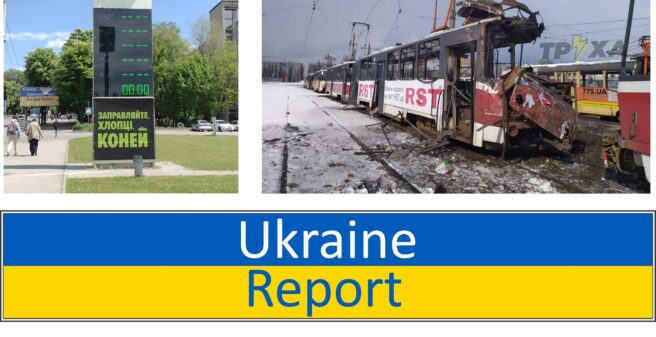
On 24 February, Russia attacked Ukraine. Since then, numerous cities have been destroyed, thousands of civilian victims on the Ukrainian side have been killed, mistreated and abducted. A third of the Ukrainian population has left their homes since the war began. Life in Ukraine is no longer as it was before and so far there is no end to the suffering in sight. How is the war affecting life in the cities? In a new series of articles, our Ukrainian author reports on the effects of the war on traffic in Ukrainian cities – without claiming to be exhaustive.
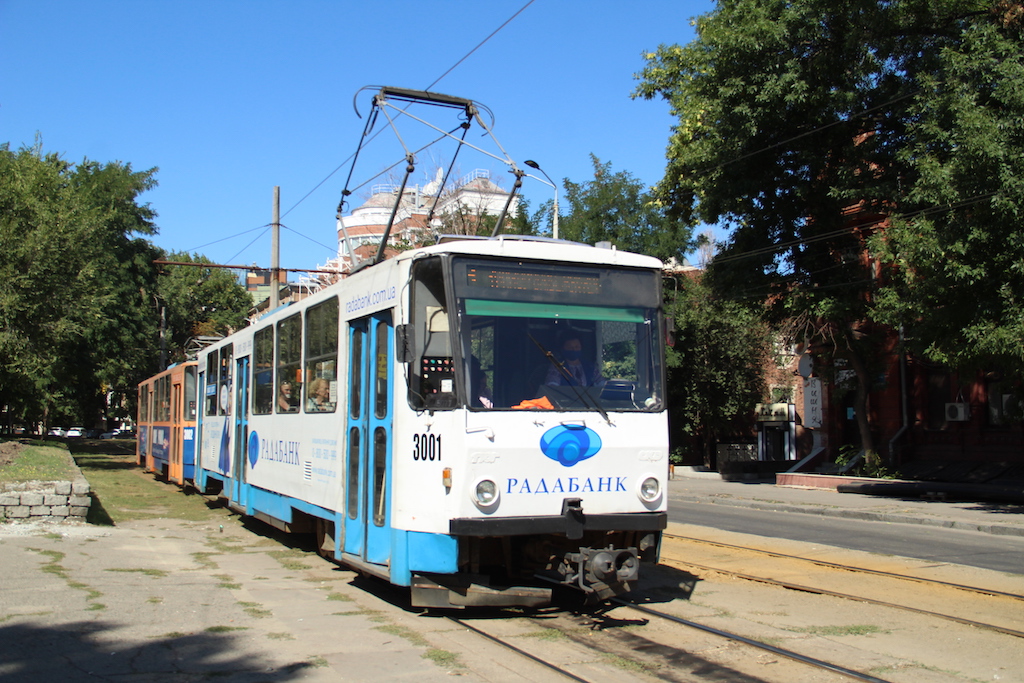
In the early morning of 24 February 2022, most of the residents of the Ukrainian city of Dnipro were awakened by the loud sounds from explosions. This was the start of tough days for all. People were confused, frightened, shocked. The frequent howling of civil defense sirens, the danger of bombardments, disturbing news and spreading rumors caused the panic. Many had left their apartments and houses in a hurry and left towards the Western part of Ukraine and further to Europe. There were huge queues of cars at the petrol stations and the shortage of gasoline and diesel fuel for vehicles. Subsequently, the normal operation of the urban and intercity transport was disrupted. This article is on how Dnipro coped and is still coping with growing difficulties
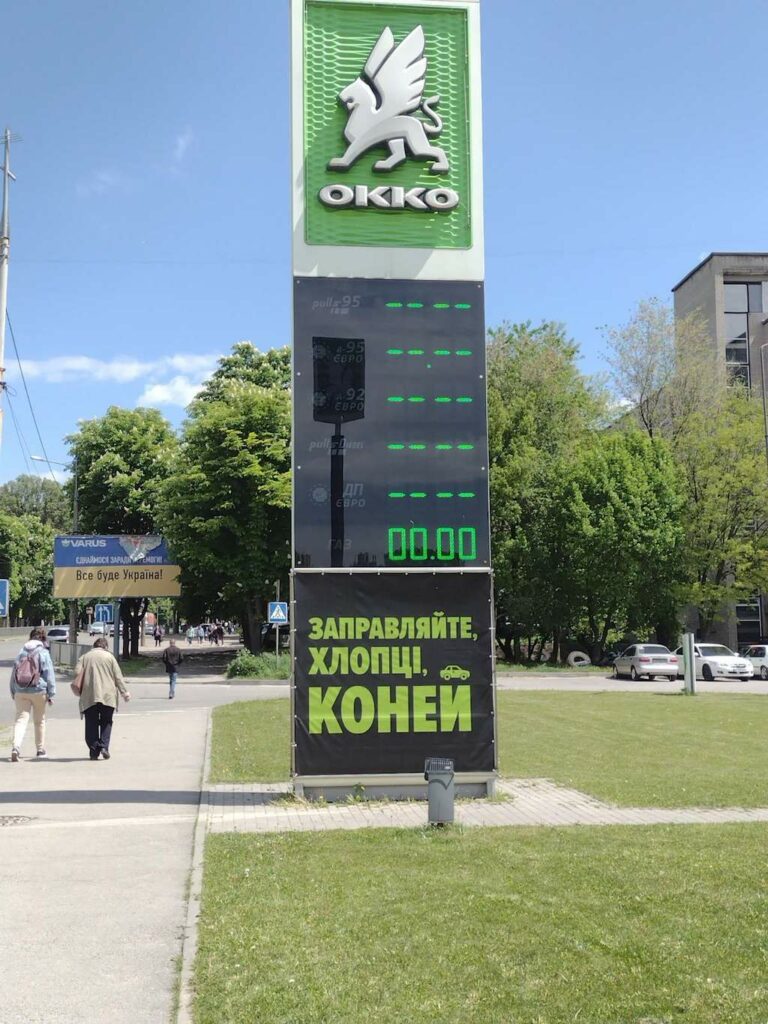
The city’s importance in Ukraine’s transport system
Dnipro (prior to 2016 was known as Dnipropetrovsk) is located in the center of Ukraine. It is the country’s third largest city in terms of population (about 1 million) and total area (409,7 sq. km2). Dnipro is linked with the major highways, which connect different regions of the country. It’s also important that this city has no bypass highway (construction began in 2011 and is still not completed), therefore all traffic flows directly through the metropolis.
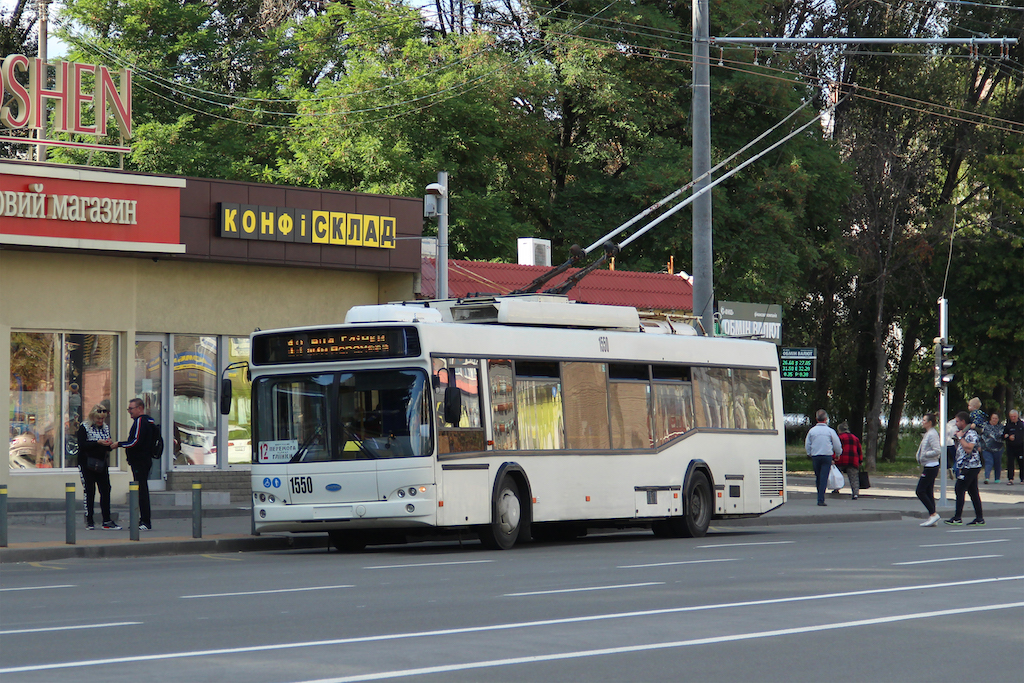
River Dnieper in the city’s area is up to 1,5 km in width and plays the key role in transporting of the bulk cargo by barges. Great depths along the waterway allow the passage of river-sea vessels, although it has been used mainly for local sightseeing boats in recent years. There are five bridges across the river: one railway bridge, three road bridges and the double-decker road-rail bridge.
From the mid-20th century, Dnipro has its own airport. However, it was used ineffectively over the last 20-30 years. The flight prices from Dnipro to other parts of Ukraine and other countries were significantly higher, compared to other flight prices from Zaporizhia, Kharkiv, Kyiv or Odesa. Therefore, the airport wasn’t popular with residents of the city. Starting from February 2022, it is closed for passenger operations and is used for military purposes.
Urban and intercity transport
Dnipro has a dense public transport network. In addition to large-size buses, the city has a wide network of minibus routes (commonly known as Marshrutkas or Sprinters), which allow passengers to get through the narrow streets of the outskirts and suburbs. Round-the-clock taxi services of different levels of comfort are also present in the city.
The city’s electric transport has more than a century of history. The first tram route was opened in 1897. This was followed by the introduction of the trolleybus network in 1947. In 1995, the first and currently the only metro line was opened in Dnipro, thus becoming the third city in Ukraine with the presence of this transport mode. It consists of 6 stations and connects the main railway station with western districts. Also, the suburban rail services are available and connect the city with suburban areas. The trains are not very comforatble or reliable, but they are rarely overcrowded.
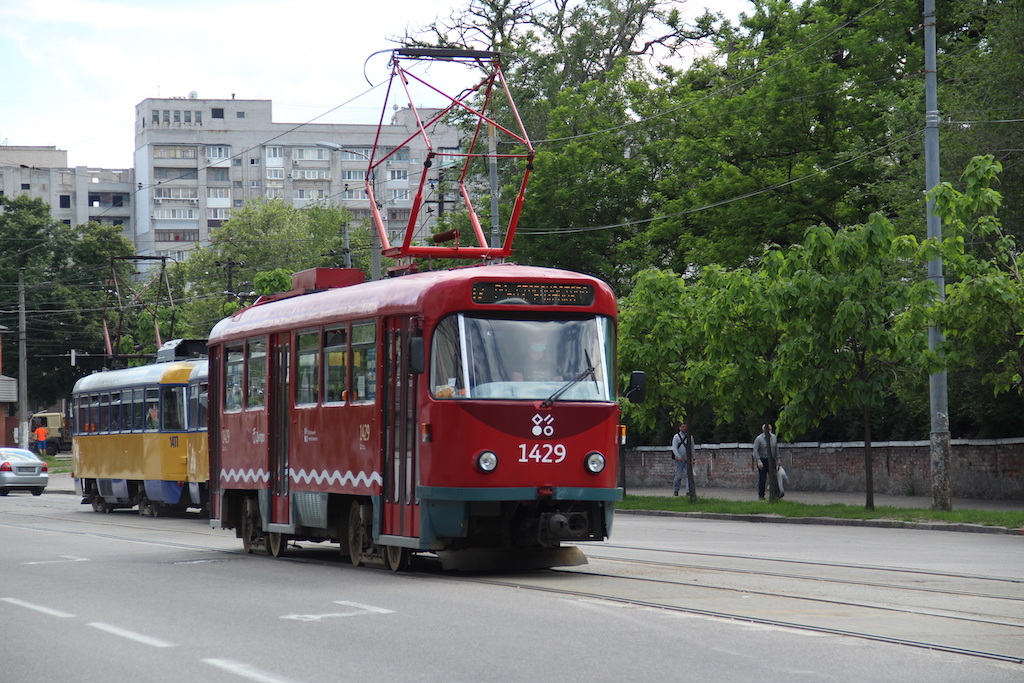
The electric transport is owned and operated by the city, while bus routes are operated by the private companies. The fares within the city limits do not depend on the distance. Whether you travel one or ten stops, the fare will be the same.
The first tough days
In February and March, some of the companies and factories had stopped working all over the country. Many institutions, shops, workshops, cafes, hairdressers etc. were not operational. There were delays in the delivery of certain products and problems with purchase of medicines. The city authorities implemented an enforced curfew from 10 PM to 6 AM. The streets were empty, the residents were afraid to get out of their houses without the need. It was unclear how to behave in case you were on the streets or in the supermarket when the civil defense sirens were turned on. Same thing happened if you were riding on the bus or tram. City authorities had drastically reduced the number of operating vehicles.
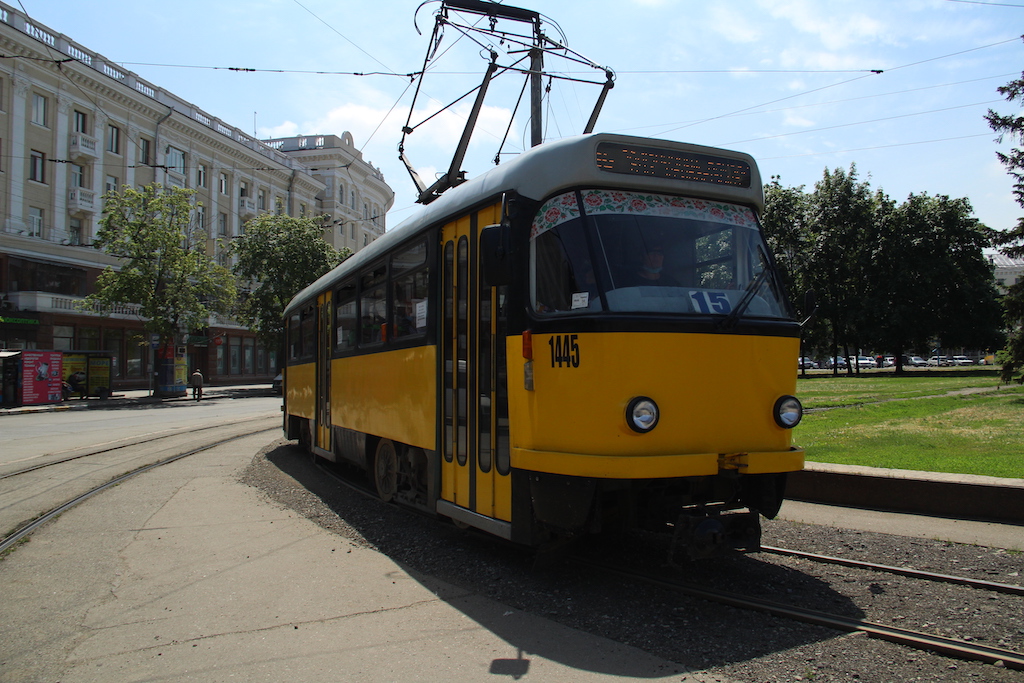
Many of the large-capacity buses were deployed to other parts of the country for evacuation activities, due to the large number of people trying to leave the cities. Instead of the comfortable MANs, Göppels and Volvos, small-size Sprinters and Rutas were put in operation. Some of the route’s services were reduced or closed. Suburban transport services were suspended. Security checkpoints were installed on the roads outside of the city limits, where local Homeland defense forces often stopped the vehicles and checked for documents. Therefore, the drivers spend hours in traffic jams.
The highways, leading to safer Western regions of the country, were overcrowded. Drivers were forced to spend the night in their cars or buses in the middle of plain fields and forests. It wasn’t easy to get on board the evacuation trains as well. People waited for hours for the arrival of the train. Only women, children, pensioners and disabled persons were allowed to get inside. All cars were overloaded, some of the passengers were seated in the corridor and there were up to 10 persons inside of each four-person compartment. The ride is turning into hell.
Adapting to new times
Over time, the situation in Dnipro had stabilized. Work of companies and institutions has resumed, problems with food and medicine supplies have been resolved, queues for ATMs and bank branches have disappeared. The curfew has shortened and currently begins at midnight and ends at 5 AM.
More people continue to appear on the streets. The majority of the shops, cafes and restaurants were reopened. The housing market has been activated. In Dnipro, ten of thousands residents from Donetska, Luhanska, Kharkivska, Zaporizhska and Khersonska oblasts that escaped from bombardment, found refuge here. Also, many of those who left the city in February-March, are now coming back.
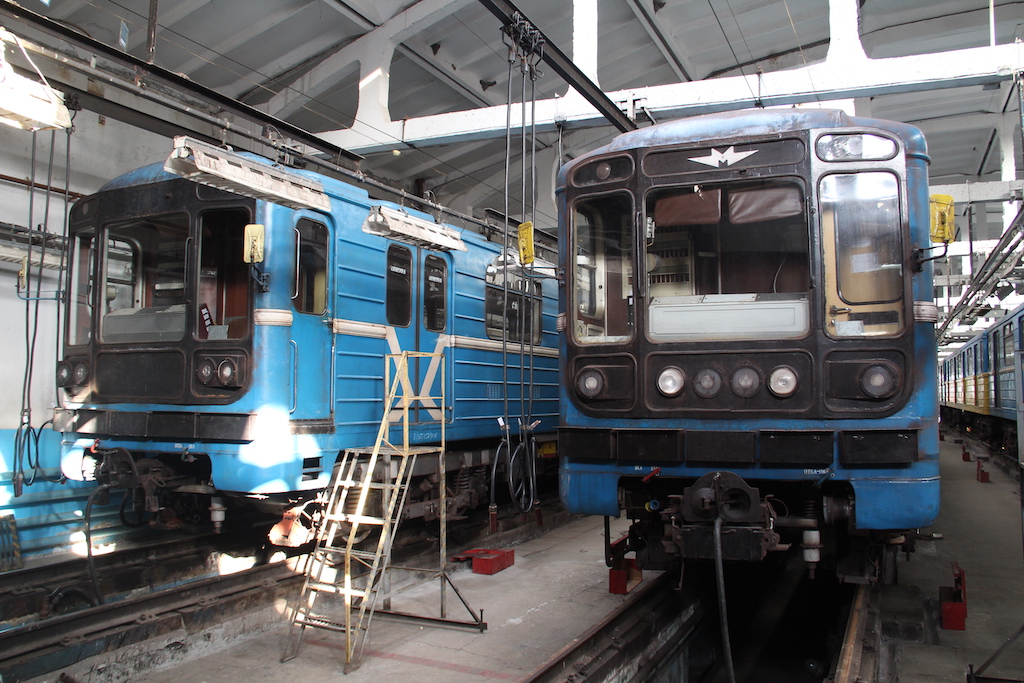
At the same time, operations of public transport got better, despite difficulty with traffic schedules. Large-size buses are coming back to the streets. According to local media, part of the trolleybus fleet that came from other cities of Donbass region, were delivered to Dnipro.
Due to the rise of gas prices, fare in large-size and microbuses had climbed from 10 to 15 UAH. But as for tram and trolleybus fares remain at the current level (8 UAH). Also, special free rides are available for seniors, citizens in material need, large families and military persons.
Regulations for transport modes exist in case of air raids. But, it cannot be said that these rules are always implemented. Especially for private companies, whose revenue depends on the number of people transported. Beside that, the city has not enough bomb shelters.
Dnipro Metro wasn’t the most popular among the commuters due to its short length (7,8 km), but it’s the safest mode of transport. The stations became a reliable bomb shelters for residents. In addition, the metro also held concerts and other activities. The following video gives an example:
The aftermath of bombardment
Since February, Dnipro has been repeatedly bombarded. Most of the missiles hit the airport area, but that didn’t prevent the military pilots from flying up to the skies and doing their duties. At first, many bus routes were canceled for safety reasons. Some time after, the special schedule was introduced. Throughout the summer, the Sprinters ran back and forth several times a day.
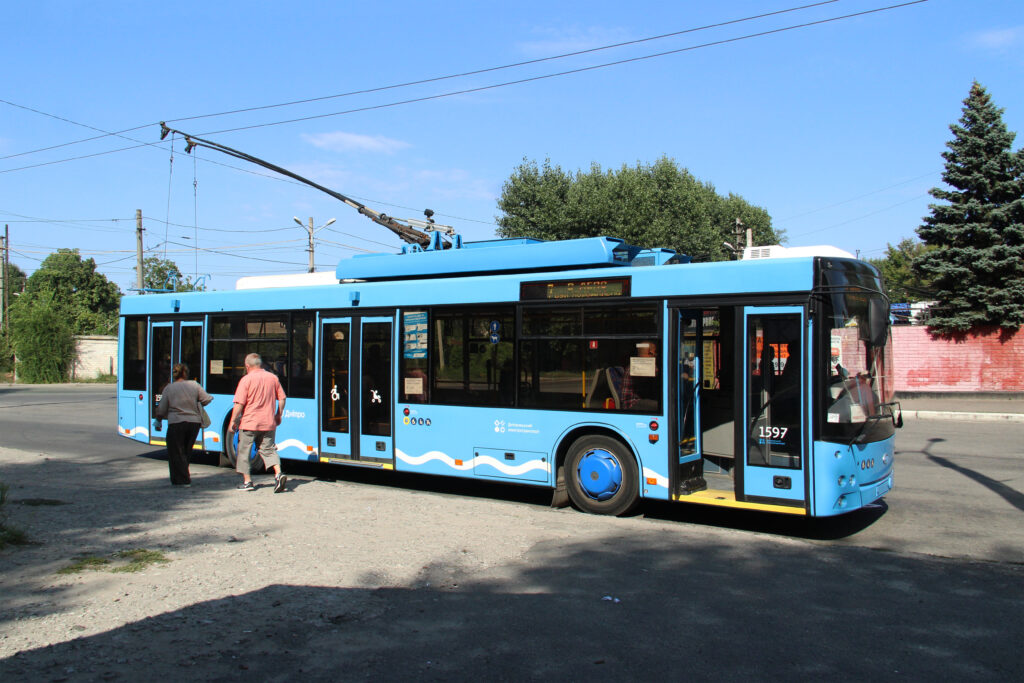
On 4 May 2022, Amursky (or Stary) bridge was under attack. Fortunately, the missile didn’t reach the destination and exploded on the right bank of River Dnieper without any sufficient damage to the bridge or road. There were no casualties.
Unfortunately, another attack on Pivdenmash factory on 16 July claimed the life of one of the bus drivers. Bus route 146 is passing next to the factory territory. One of the missiles hit the area next to the Pivdenmash’s Central entrance, at the intersection of Robocha and Kryvorizka streets. 3 men were killed, 15 injured. Several cars were burned down, the water supply was damaged and a large blast funnel formed on the road. The driver, who was returning home after work, was mortally wounded by glass shards.
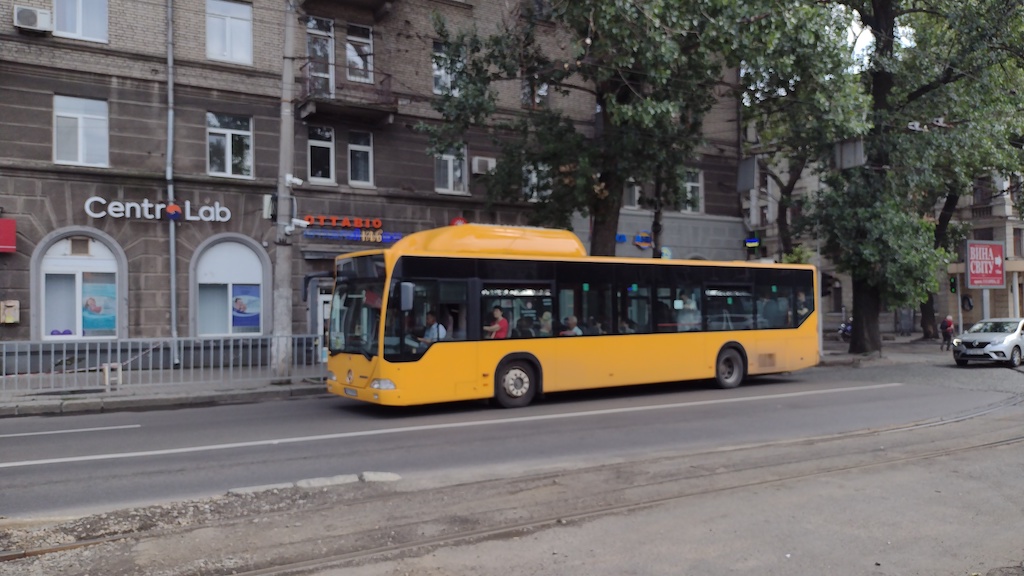
In the aftermath, the bus route was rerouted. Area is blocked and renewal works are underway at the site of the explosion.
Fortunately, the missile attacks on the city have no significant impact on infrastructure. Dnipro is relatively safe and comfortable. Residents had no other choice than to adapt to the new conditions. Air raid sirens have become a part of life in Ukraine. The streets are overcrowded again. In the evenings, when the sun goes down, parks and squares are full of people, cafes and restaurants are open, and you can also see a lot of children.
Everybody wants to live, work, rest, raise their children, and to do sport. Only now, we came to think that we should be happy at every little thing and every calm day. The biggest wish of every Ukrainian is to have a peaceful sky above ourselves.
Background: Dmitry Lysenko is one of our freelance writers and lives in Dnipro. We have been in close contact with him and his family since the outbreak of the Ukraine war. In his article he describes the current situation in Dnipro. Further reports on the other cities are planned. Especially in the occupied areas, public transport is severely limited. In addition to the countless destruction and devastation of buildings, schools and hospitals, trams and trolleybuses have also been destroyed by bombs and artillery.

